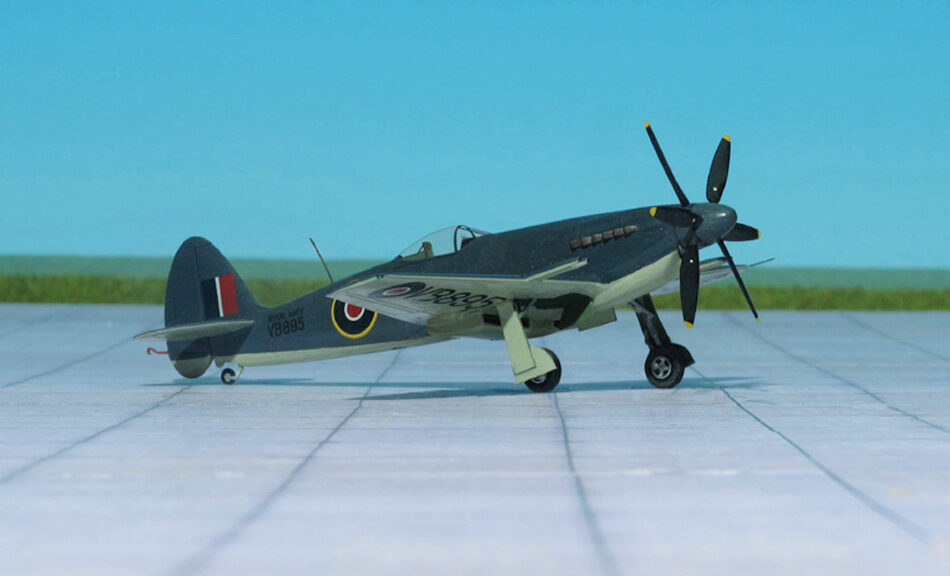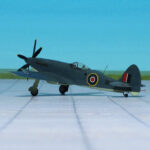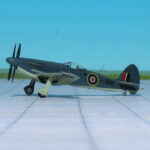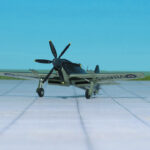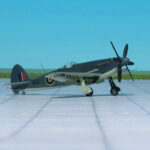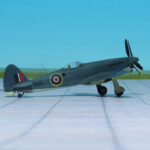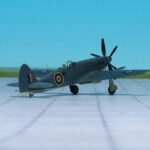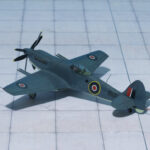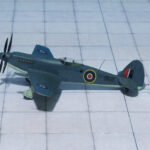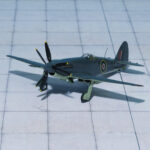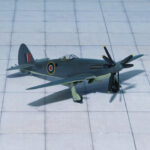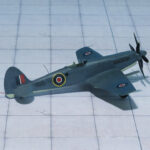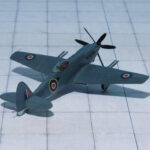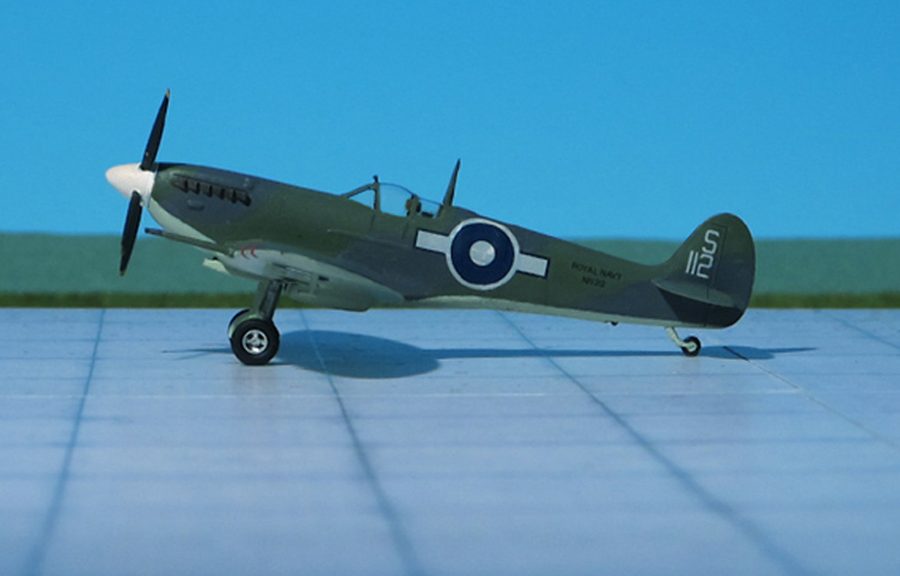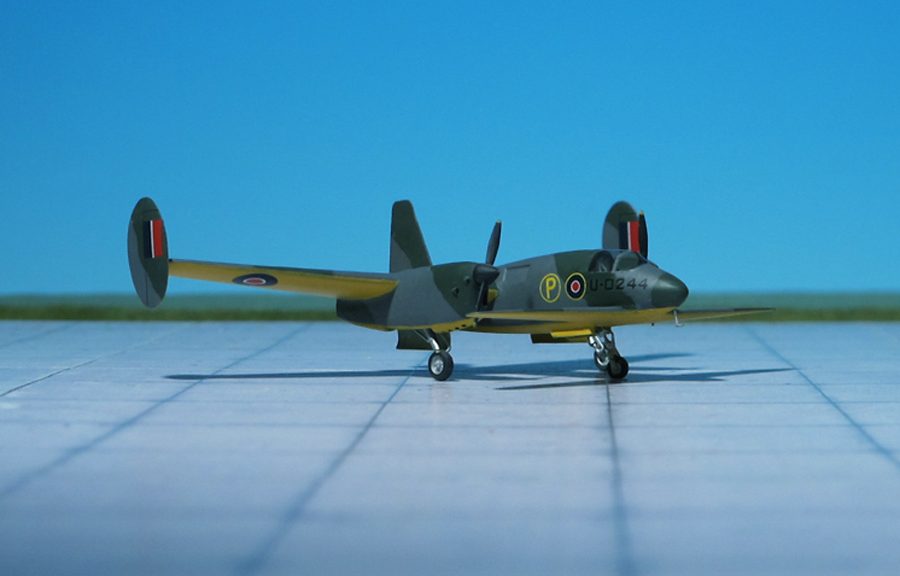TYPE: Carrier-based fighter
ACCOMMODATION: Pilot only
POWER PLANT One Rools-Royce Giffon 89 liquid-cooled engine, rated at 2,350 hp driving six-bladed contra-rotating propeller
PERFORMANCE: 475 mph at 21.000 ft
COMMENT: The Supermarine Seafang was a British fighter aircraft designed by Supermarine to Air Ministry Specification N5/45 for naval use. It was based on the Supermarine Spiteful, which was a development of Supermarine’s Griffon-engined Spitfire aircraft. By that time the Supermarine Spitfire was a 10-year-old design in a period of rapid technical development in aviation. The Seafang was outmoded by jet aircraft, and only 18 were built.
The Seafang was essentially a Spiteful redesigned for Royal Navy carrier use, with the addition of an arrester hook, a contra-rotating propeller to eliminate engine torque effects, and power folding outer wing panels.
Two prototype Type 396 Seafang Mark 32s were ordered on March 1945 followed by an order for 150 Type 382 Seafang Mark 31s on May 1945. To expedite entry into service the interim Mark 31 was ordered which was a navalised Spiteful, basically a Spiteful with an arrestor hook added. This would allow the Mark 32 to be developed; it would be the definitive naval variant, with the folding outer wings and contra-rotating propeller.
The first prototype Seafang Mark 32 was first flown in June 1946. It was powered by a Griffon 89 engine rated at 2,350 hp driving two three-bladed contra-rotating propellers. In August 1946, was demonstrated to the Royal Netherlands Navy at Valkenburg. The same aircraft was flown in May 1947 during deck landing trials on carrier HMS Illustrious. Compared to the Supermarine Seafire, its performance advantage was not deemed to be enough to disrupt series production of new navalised Gloster Meteor and de Havilland Vampire jet fighters. Also, the Seafang’s low-speed handling characteristics were not as good as hoped, and the contemporary Hawker Sea Fury was preferred as a fleet fighter (Ref.: 24).
